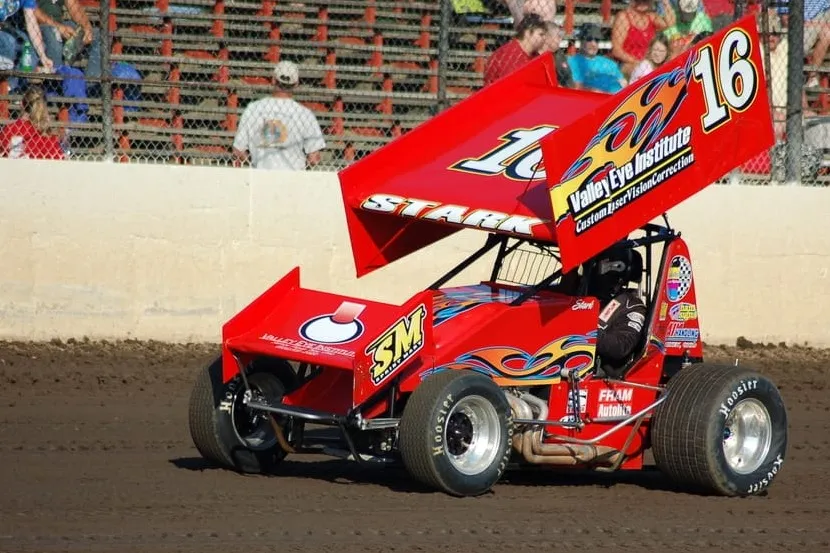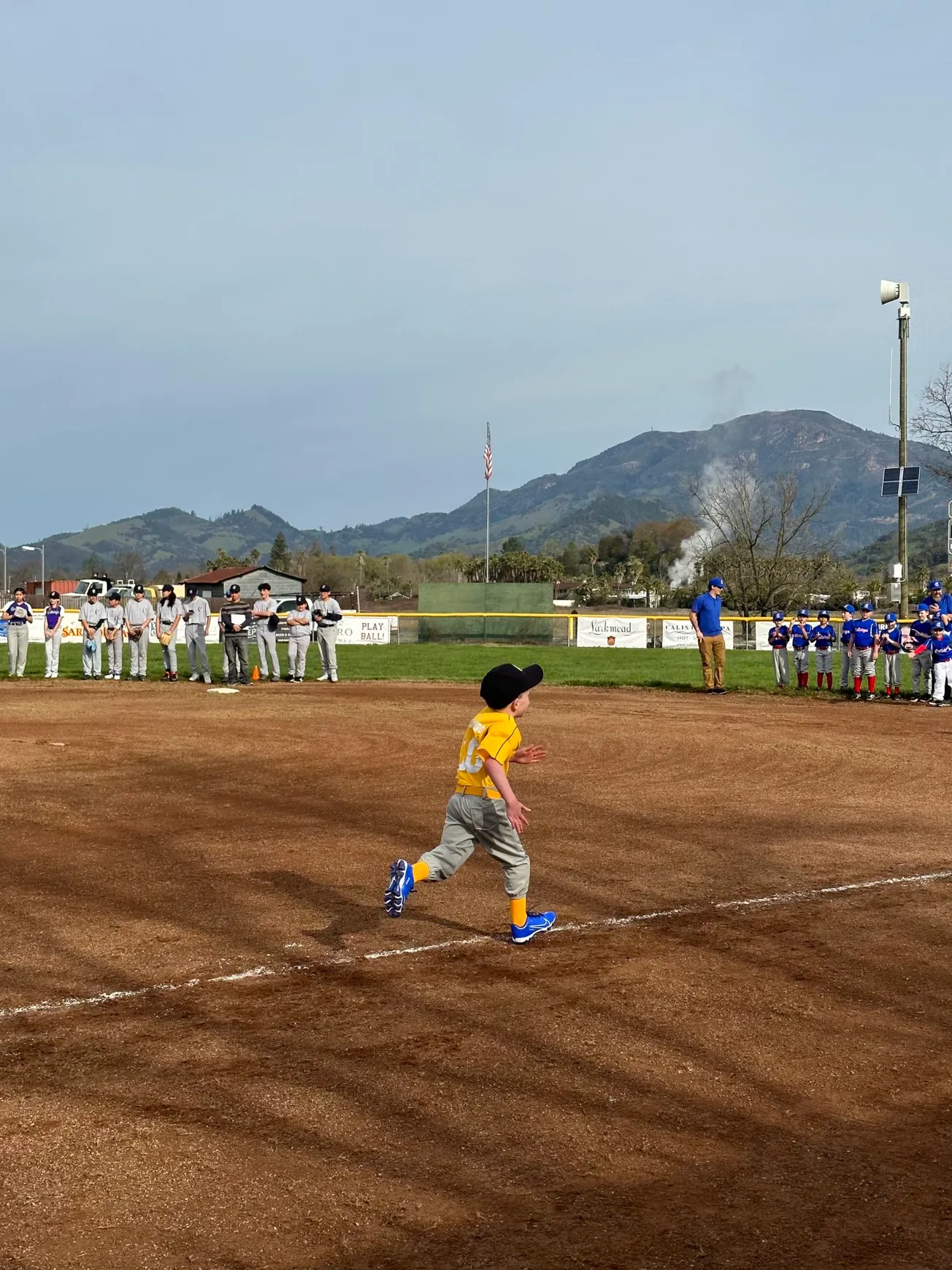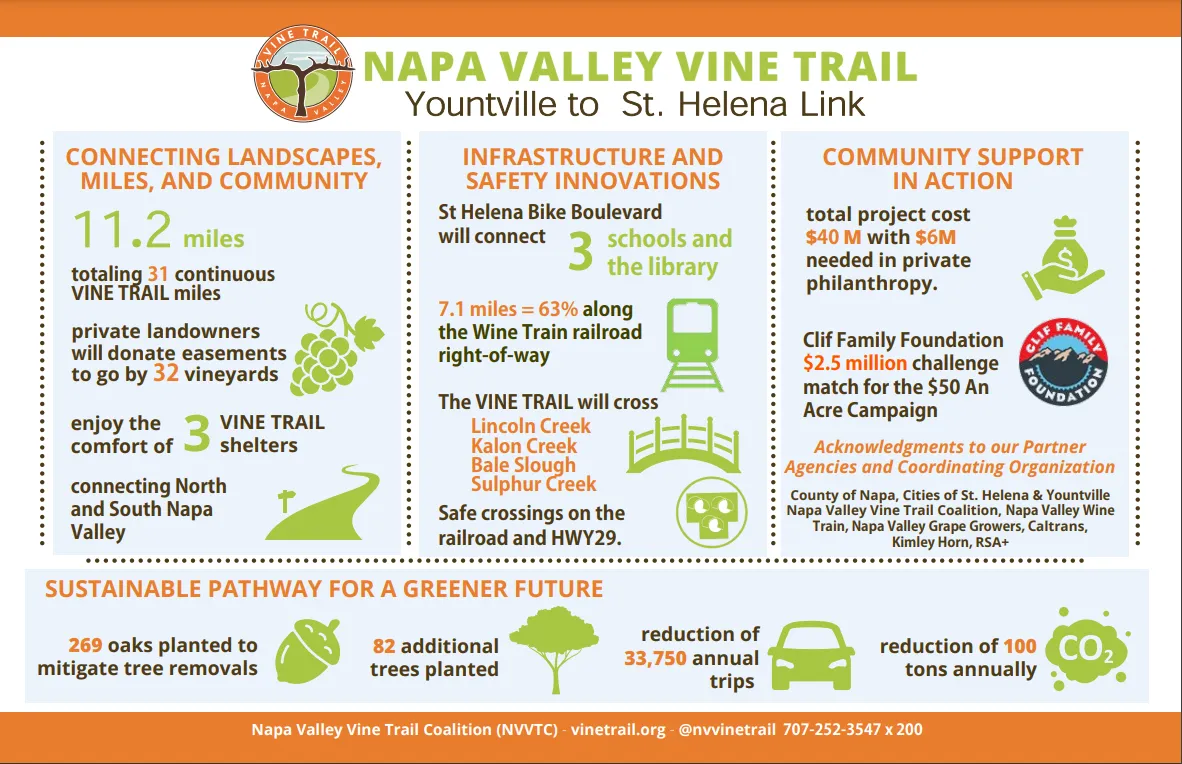A 2016 analysis on how to revitalize the Napa County Fairgrounds concluded that the Calistoga Raceway poses a barrier to the future of the property.
The consultants also suggested slicing off a piece of the campus for a working farm that would capitalize on Napa County’s historic ties to agriculture and the emerging “farm to fork” movement.
There was even consideration of a hotel and conference center project, even though both the Four Seasons and the Calistoga Hills resorts were already in the works.
The report, issued by a team from RCH Group and A. Plescia & Co., is the most recent and most comprehensive analysis of what might be done with the property and could be a starting point for the Calistoga City Council now that the $2 million purchase of the land from Napa County has been agreed to.
“It’s a good report,” said Mayor Donald Williams. “There are lots of interesting ideas. I’ve heard some people talk about it as some sort of scripture, but it’s not. It’s just another source of information.”
Site of the Napa County Fair for 84 years, the 72-acre Calistoga property fell into financial hardship after the Legislature stopped providing an annual appropriation of about $220,000 in 2011. The county, which has owned the land since the 1930s, was loath to spend more than a minimal amount on upkeep, which quickly left the campus in distress.
It was during that crisis that a supporter’s donation of about $40,000 to the Fairgrounds’ management board led to the consultant report.
“We were trying to adapt financially after losing the state funding,” said Dana Cole, a former member of the Napa County Fair Association. “Those of us who were closely involved with the management and the finances realized that it was unsustainable long-term.”
A key finding by the consultants struck at the disorganized manner in which the Fairgrounds and its primary uses – the golf course, the speedway and the RV park – were designed into the landscape. The Fairgrounds lacked “overall visual theme,” they said, and therefore had no “sense of place or purpose.”
They pointed to the racetrack as representing a “barrier for any type of interconnected land-use pattern,” largely because it sits in the middle of the property.
“As such, there is the tendency to look at the grounds and see the speedway as a barrier between existing or proposed activities to both the east and west of it,” the consultants reported.
They cited the noise from the races as making the Fairgrounds “unusable” for other events while the races were going on.
Further, because of potential conflicts with other ideas for future uses at the Fairgrounds, the racetrack might be “a long-term negative factor.”
Aware of the history of car racing in Calistoga, the consultant suggested redesigning where and how the racing facility operated, although they also warned that option could be very expensive.
Just as the City Council last week made reopening the RV park a priority, the consultants said doing so would be the most cost-effective first step to generate income. But first, the analysis said, the entry points to the Fairgrounds need to be updated and enhanced because they were “unattractive.” Fixing the entry points should be the first step, they said, because everyone would have to pass through it, including potential investors and vendors.
A working farm, the consultants said, could generate revenue through potential links with the valley’s many culinary and hospitality ventures. They envisioned a partnership with the school district as another outlet for the high school’s existing career technical education program.
Finally, the report suggested that some holes on the St. Helena Golf Course could be modified to meet the confines of a traditional executive course. They also recommended replacing the Tucker Building, where there could be a new 10,000-square-foot building that would house a pro shop, a restaurant, a general store and shower and locker facilities for the nearby RV Park.








